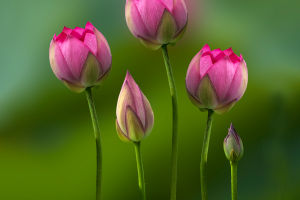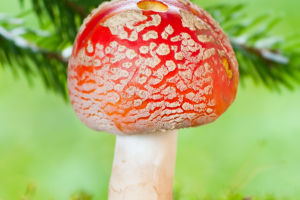
Blooms of Affection

The tulip, a herbaceous plant belonging to the Liliaceae family, features ovoid bulbs covered with papery scales and lanceolate or ovate leaves.
Its large, vivid flowers bloom singularly at the apex, displaying red hues mixed with white or yellow.
Originating from the Mediterranean coastal regions, tulips thrive in climates characterized by warm, moist winters and cool, dry summers. Flourishing in well-drained, loose, fertile, and slightly acidic sandy soil rich in organic matter, tulips commonly propagate through bulb division and autumn sowing in open ground for sprouting the following year.
Tulip flowers are believed to dispel negative energies, while their roots possess calming properties. Revered globally as ornamental flowers, tulips, resembling lotus blossoms, boast diverse hues, and vibrant colors, making them spring bulb favorites that embellish and brighten gardens with stunning displays. Embraced as the national flower of the Netherlands, tulip festivities in the late spring celebrate the abundance of these blooms across the Dutch landscape.
Related
 Rosemary: Fragrance, Symbolism, Enduring Legacy of Beauty.
Rosemary: Fragrance, Symbolism, Enduring Legacy of Beauty.
 A hyacinth flower, embodying the essence of nature's beauty and floral symbolism, blooms colorfully, evoking sentimental emotions.
A hyacinth flower, embodying the essence of nature's beauty and floral symbolism, blooms colorfully, evoking sentimental emotions.
 Rosebuds: Ephemeral Beauty, Enduring Love.
Rosebuds: Ephemeral Beauty, Enduring Love.
 Cultivating Lavender: Nature's Elegance.
Cultivating Lavender: Nature's Elegance.
 Lotus: From Lakes to Pots, a Blossoming Symphony of Beauty.
Lotus: From Lakes to Pots, a Blossoming Symphony of Beauty.
 Mushrooms: Culinary magic, health elixir, dispelling toxicity myths.
Mushrooms: Culinary magic, health elixir, dispelling toxicity myths.
Cultivation Techniques:
1. Field Management
Temperature Regulation
Tulips favor temperatures between 5-20°C, with an optimal range of 15-18°C, while their growth should be maintained within 0-25°C. Their root system thrives above 5°C, with around 10°C being optimal. Bud differentiation occurs ideally at 17-23°C, but temperatures exceeding 35°C inhibit this process. Moreover, tulips endure harsh winters, enduring temperatures as low as -35°C, starting growth at 8°C and above.
2. Moisture Management
Caution against excessive watering is vital during cultivation, yet the first week post-planting requires sufficient watering. After sprouting, water requirements decrease, especially during blooming, avoiding excess moisture. A humidity of around 80% is optimal during tulip growth.
3. Light Conditions
Direct sunlight inhibits bulb growth and bud elongation, requiring deep planting and moderate shading to counteract adverse effects on bulb development.
Tulips, with their sweet-scented petals and vibrant colors, hold a special place as beloved blossoms. Whether picked from a spring garden or received as a bouquet, these cheerful flowers rarely fail to bring smiles. Beyond their beauty, tulips hold symbolic significance, famously representing deep and perfect love. Adored by many as a classic flower, tulips carry connotations of affection, making them an ideal gift for those deeply cherished, be it a partner, child, parent, or sibling.

In their vibrant allure and symbolic depth, tulips stand as timeless tokens of affection. From their captivating hues to their cultural significance, these blossoms epitomize perfect love and beauty. Admired for their elegance, tulips transcend mere ornamental value, embodying sentiments cherished universally.
Whether adorning gardens or exchanged as heartfelt gifts, their essence echoes the enduring embrace of cherished relationships. As the petals dance in spring's breeze, tulips remind us of love's enduring presence. With every bloom, they whisper the profound language of adoration, enriching our lives and infusing each moment with the timeless essence of heartfelt affection.